![]()
![]()
![]()
Use LEFT and RIGHT arrow keys to navigate between flashcards;
Use UP and DOWN arrow keys to flip the card;
H to show hint;
A reads text to speech;
16 Cards in this Set
- Front
- Back
|
Kingdom |

A group of living things. a taxonomic category of the highest rank, grouping together all forms of life having certain fundamental characteristics in common: in the five-kingdom classification scheme adopted by many biologists, separate kingdoms are assigned to animals (Animalia), plants (Plantae), fungi (Fungi), protozoa and eucaryotic algae (Protista), and bacteria and blue-green algae (Monera). |
|
|
animals |
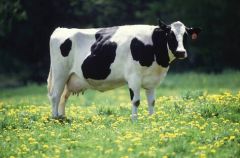
any member of the kingdom Animalia, comprising multicellular organisms that have a well-defined shape and usually limited growth, can move voluntarily, actively acquire food and digest it internally, and have sensory and nervous systems that allow them to respond rapidly to stimuli: some classification schemes also include protozoa and certain other single-celled eukaryotes that have motility and animallike nutritional modes.
|
|
|
Plants |
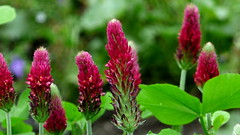
any member of the kingdom Plantae, comprising multicellular organisms that typically produce their own food from inorganic matter by the process of photosynthesis and that have more or less rigid cell walls containing cellulose, including vascular plants, mosses, liverworts, and hornworts: some classification schemes may include fungi, algae, bacteria, blue-green algae, and certain single-celled eukaryotes that have plantlike qualities, as rigid cell walls or photosynthesis.
|
|
|
Fungi |

taxonomic kingdom, or in some classification schemes a division of the kingdom Plantae, comprising all the fungus groups and sometimes also the slime molds.
|
|
|
Bacteria |
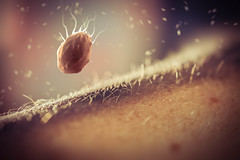
ubiquitous one-celled organisms, spherical, spiral, or rod-shaped and appearing singly or in chains, comprising the Schizomycota, a phylum of the kingdom Monera (in some classification systems the plant class Schizomycetes), various species of which are involved in fermentation, putrefaction, infectious diseases, or nitrogen fixatio
|
|
|
Microscopic |
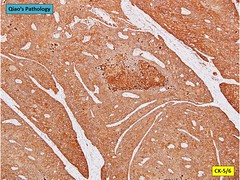
so small as to be invisible or indistinct without the use of the microscope :microscopic organisms.
|
|
|
Protista |

a taxonomic kingdom comprising the protists.
|
|
|
Vertebrate |
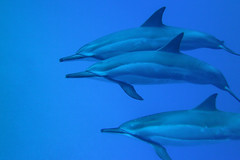
having a backbone or spinal column.
|
|
|
Unicellular |

having or consisting of a single cell.
|
|
|
Multicellular |
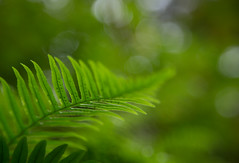
Composed of several or many cells |
|
|
Eukaryote |

any organism having as its fundamental structural unit a cell type that contains specialized organelles in the cytoplasm, a membrane-bound nucleus enclosing genetic material organized into chromosomes, and an elaborate system of division by mitosis or meiosis, characteristic of all life forms except bacteria, blue-green algae, and other primitive microorganisms.
|
|
|
Prokaryote |

any cellular organism that has no nuclear membrane, no organelles in the cytoplasm except ribosomes, and has its genetic material in the form of single continuous strands forming coils or loops, characteristic of all organisms in the kingdom Monera, as the bacteria and blue-green algae.
|
|
|
Sexual |
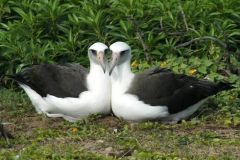
having sexual organs or reproducing by processes involving both sexes.
|
|
|
Asexual |
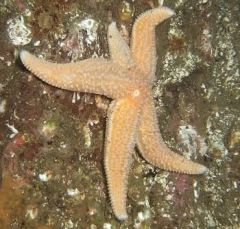
having no sex or sexual organs.independent of sexual processes, especially not involving the union of male and female germ cells.
|
|
|
Heterotroph |

an organism requiring organic compounds for its principal source of food.
|
|
|
Autotroph |

any organism capable of self-nourishment by using inorganic materials as a source of nutrients and using photosynthesis or chemosynthesis as a source of energy, as most plants and certain bacteria and protists.
|

